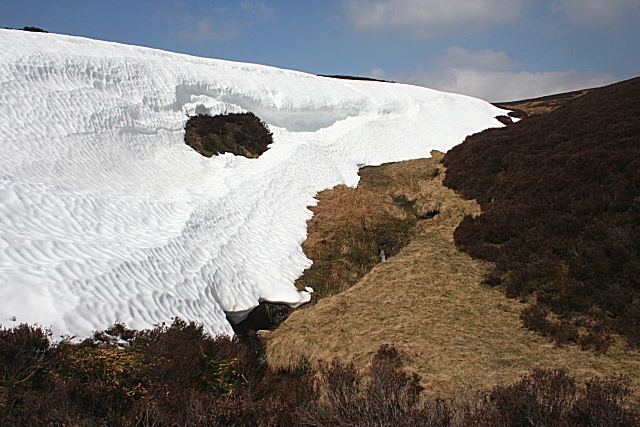 Nature exhibits many poetic interdependencies.
Nature exhibits many poetic interdependencies."One could not pluck a flower without troubling a star."Roman philosopher Cicero wrote, "Omnia vivunt, omnia inter se conexa" which translates from Latin to:
― Francis Thompson, Poet
"All things live, all things are connected to each other".Perhaps the exemplary confirmation of this notion is the procreation of plant species whose survival depends on the transport of pollen grains from one plant to another. Plant life requires insects, reptiles, birds, and mammals to carry their reproductive messengers, pollen grains, from one plant to another.
"When we try to pick anything out by itself, we find it hitched to everything else in the universe."Physical phenomena, like wind or flowing water, also carries and deposits pollen among plants.
― John Muir
"Pollinators are what ecologists call keystone species. You know how an arch has a keystone. It's the one stone that keeps the two halves of the arch together. If you remove the keystone, the whole arch collapses."
― May Berenbaum, Entomologist
 |
| Skipper butterfly carrying a load of pollen grains on its legs |
Without help from other species, or physical phenomena like wind, the fertilization of plants by pollination would not occur. Organisms thrive by an essential mutualism between species and by using the physical conditions of an ecosystem to best advantage.
"We are here to awaken from the illusion of our separateness."
― Thich Nhat Hanh, Monk
REFERENCES
- Pollinator Visitor Image Database.
- Alteration of Generations. Wikipedia.
- Pollination. Wikipedia
- Pollinator. Wikipedia.

.jpg)







